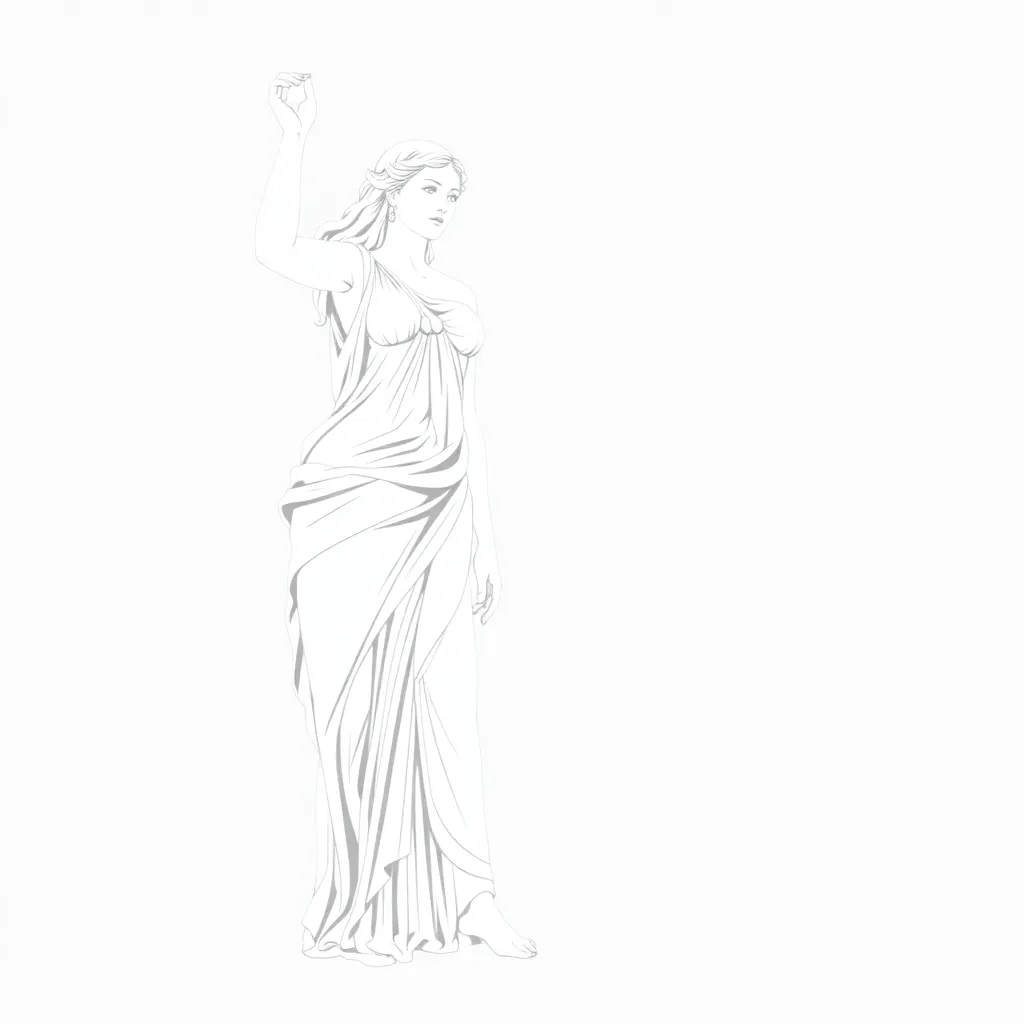Women in The Iliad: Their Influence and Representation
I. Introduction
The Iliad, attributed to the ancient Greek poet Homer, is a cornerstone of Greek literature and a vital source for understanding the cultural and social dynamics of the time. Set against the backdrop of the Trojan War, it explores themes of heroism, honor, and the human condition. While the narrative is predominantly male-driven, the roles and representations of women in The Iliad are significant and multifaceted.
This article aims to delve into the roles of women in The Iliad, highlighting their influence on the storyline and key characters. Despite their limited presence, women in The Iliad wield significant influence over the narrative and its central characters, showcasing a depth that invites further exploration.
II. The Role of Goddesses in The Iliad
The Iliad features several powerful female deities who play pivotal roles throughout the epic. The primary goddesses include:
- Hera: The queen of the gods, known for her jealousy and fierce loyalty to the Greeks.
- Athena: The goddess of wisdom and warfare, who supports the Greek heroes, particularly Odysseus and Achilles.
- Aphrodite: The goddess of love and beauty, who plays a crucial role in the events that lead to the Trojan War by promising Helen to Paris.
These divine figures significantly shape the events of the war and influence male characters such as Achilles and Hector. For example, Athena intervenes in battles, guiding heroes and altering the course of events. The symbolism of these goddesses relates closely to themes of power and conflict, demonstrating how divine femininity can impact mortal actions.
III. Key Mortal Women and Their Impact
Among the mortal women depicted in The Iliad, two characters stand out: Helen and Andromache.
A. The Character of Helen: Catalyst of the Trojan War
Helen, often described as the most beautiful woman in the world, serves as a significant catalyst for the war. Her abduction by Paris leads to the Greek coalition against Troy. However, Helen’s character is complex:
- Agency and Motivations: While often portrayed as a passive figure, Helen exhibits moments of agency, contemplating her choices and their consequences.
- Duality: She embodies both victimhood and instigation; her beauty is the reason for the war, yet she also suffers greatly from the consequences of her actions.
B. Andromache: The Embodiment of Loyalty and Sacrifice
Andromache, the wife of Hector, represents the personal tragedies of war. Her relationship with Hector highlights themes of love, loyalty, and the domestic sphere:
- Domesticity: Andromache is portrayed as the devoted wife who fears for her husband’s safety, embodying the ideal of loyalty.
- Impact of War: Her experiences illustrate the profound effects of war on women and families, showcasing how they bear the emotional and social burdens of conflict.
IV. The Dichotomy of Female Power
The Iliad presents a stark contrast between the powerful goddesses and the mortal women. This dichotomy raises important themes:
- Control and Autonomy: Goddesses exert considerable influence over mortal lives, while mortal women often find themselves subject to the whims of men and fate.
- Vulnerability: Mortal women like Helen and Andromache are depicted as vulnerable to the actions of men, reflecting societal expectations of women during the time.
V. Women as Symbols of War and Peace
Women in The Iliad are often depicted as symbols of both war and peace:
- Prizes of War: Female characters such as Briseis and Chryseis are treated as prizes exchanged among men, illustrating the commodification of women.
- Negotiating Peace: Women like Helen hold the potential to negotiate peace, as seen in the aftermath of the war when their relationships can influence alliances.
- Aftermath of War: The experiences of women in the aftermath of the war reveal the lasting scars of conflict on families and communities.
VI. The Voices of Women in The Iliad
The dialogue and speech of female characters in The Iliad provide crucial insight into their emotional states and perspectives:
- Significance of Voices: The voices of women offer a counter-narrative to the predominantly male discourse, enriching the epic’s emotional landscape.
- Emotional Depth: Characters like Andromache express profound grief and fear, adding layers to the story that resonate with the audience.
VII. Modern Interpretations and Feminist Perspectives
Contemporary scholars and feminists have reanalyzed the roles of women in The Iliad, offering new interpretations:
- Feminist Analysis: Many feminist critiques highlight the complexities of female characters, arguing that their roles are more than mere background to male heroes.
- Relevance Today: These interpretations remain pertinent in modern discussions of gender, illustrating how literature can reflect and challenge societal norms.
- Evolution of Roles: The portrayal of women in The Iliad serves as a foundation for understanding the evolution of female characters in literature.
VIII. Conclusion
In conclusion, women in The Iliad, though often overshadowed by their male counterparts, wield significant influence over the narrative and its themes. Their representations—ranging from powerful goddesses to loyal wives—highlight the complexities of female identity within the context of war and peace.
The lasting legacy of these female characters continues to resonate in literature, reminding us of the importance of understanding women’s roles in classical texts and their implications in contemporary discourse. As we reflect on The Iliad, it is crucial to recognize the depth and significance of female figures who, despite their limited presence, contribute profoundly to the epic’s enduring impact.




